
famicom disk system fd3206 write mod
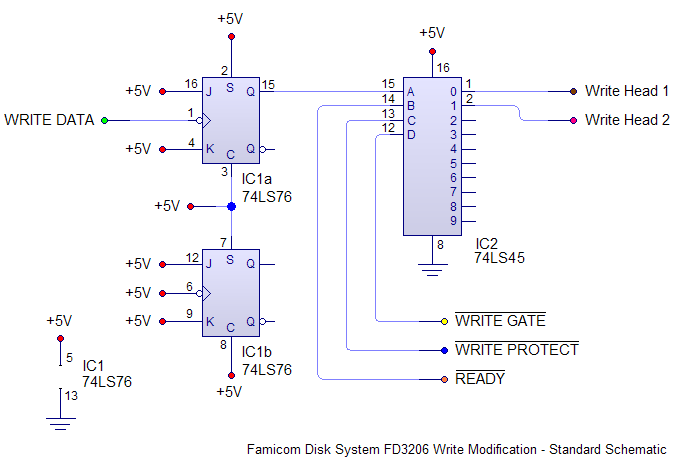
Install the new mod board into the FDS drive mechanism. This involves cutting two traces and soldering eight wires to various points on the board. If prior experience with console modchips exists, this task should be straightforward. The Famicom's circuit board, designed with 1980s technology, features large, clear traces and solder points, making it accessible for individuals with basic to intermediate soldering skills. After removing the drive mechanism from its casing, turn it upside down and unscrew the three Phillips screws holding the bottom metal plate (one screw does not secure the plate and should remain untouched). Upon removing the metal plate, the underlying circuit board will be exposed. Rotate the disk drive mechanism so that the disk card slot is facing away and the power board connector is directed towards you (this requires a 90-degree counterclockwise rotation). Familiarity with this area of the circuit board is essential for the mod, as two traces will need to be cut and several wires soldered. Zoom in on the provided picture to identify the basic structures, including the two parallel columns of solder points, which correspond to the Drive Controller IC. Precision is crucial; cutting the wrong traces can disconnect pull-up resistors from the head assembly, leading to improper disk drive operation. After severing the designated traces, verify disconnection using a multimeter or magnifying glass. Next, take the mod board and solder each wire to its designated location as indicated in the accompanying image. Utilizing color-coded wires can help prevent confusion. It is advisable, though optional, to cover the area beneath the 3206 chip on the bottom metal plate with substantial electrical tape to prevent short circuits between the soldered wires and the metal plate. The same precaution can be applied to the underside of the mod board. Once the wires are securely soldered, reattach the bottom metal plate, ensuring that the wires are routed through the small opening provided and are not pinched. Reinsert the drive mechanism into the casing, taking care with the mod board. Connect the power board to the drive mechanism and position the mod board in an empty corner within the FDS drive casing, ensuring it does not make contact with metal components. Secure the board using tape or hot glue to prevent movement. After reassembling the FDS drive, it is time to test the new write modification. Connect the FDS to the Famicom, insert a disposable disk, and power on the system. The disk drive should function normally, allowing the game to boot. Test the save functionality by playing the game until losing all lives or creating a new character/save file, then select the SAVE option or confirm the new character creation. If the data saves successfully, the installation is confirmed as correct.Install your fresh mod board into your FDS drive mechanism. You need to cut two traces and solder 8 wires to various points on the board. If you have installed a console modchip before, this step should be a piece of cake. Since the Famicom uses 1980s technology, the circuit board traces and solder points are big and clear to see, and therefore easy to solder on with basic to intermediate soldering skills. With the drive mechanism out of the case, flip it around so that its bottom side faces up, and remove the three Phillips screws that hold the bottom metal plate together (one of the screws doesn`t hold the metal plate at all, don`t remove that one). Remove the metal plate to expose the circuit board underneath. Rotate the disk drive mechanism so that the disk card slot faces away from you and the power board connector points at you (in the case of the above picture, rotate it 90 degrees counterclockwise).
In order to do a successful mod, you`ll need to familiarize yourself with this particular area of the circuit board, since we`ll be cutting a couple of traces and soldering several wires to it. Zoom in on the picture by clicking on it, compare it with your disk drive and make sure you can recognize the basic structures like the two parallel columns of solder points (which by the way is the Drive Controller IC).
There`s no room for error! You`ll need to cut two circuit board traces that link the original disk writing stage with the write head assembly. This will disable the original, crippled disk writing circuitry and allow our custom circuitry to take control.
Cut the marked traces in the exact same place that is detailed on the picture. If you cut them at another place you`ll also disconnect the pull-up resistors from the head assembly, which will prevent proper operation of the disk drive. Once the traces have been severed, use a multimeter or a magnifying glass to make sure that they`ve been completely disconnected from the chip.
Now take your mod board and solder each wire to its corresponding place indicated by the following picture. It helps to use color coded wires to avoid confusion. The following step is optional but highly recommended. Take the bottom metal plate of the drive mechanism and cover the area directly underneath the 3206 chip with significant amounts of electrical tape.
By doing this you`ll prevent possible short circuits between your soldered wires and the bottom metal plate. It also wouldn`t hurt to do the same to the bottom of the mod board, just in case. With the wires firmly soldered into place, put the bottom metal plate back into place and route the wires through the small opening that the plate allows for.
Make sure that the wires aren`t being pinched by the metal plate and screw it back together. Slide the drive mechanism back into the casing, taking care for the mod board. Plug the power board connector into the drive mechanism, and place the mod board on an empty space inside the FDS drive casing, a good place for it should be one of the empty corners at the sides of the drive mechanism, making sure that it doesn`t short circuit with the metal parts of it. Use a piece of tape or a drop of hot glue to secure the board to the case and to avoid rattling. With your FDS drive back together, it`s time to test your newly installed write modification. Hook up the FDS to your Famicom as usual, insert a disk that you don`t care about corrupting (just in case something is wrong), and turn everything on.
The disk drive should work just like before and boot up your game. Depending on the game, play a couple of levels and then lose all your lives, or create a new character/save file in order to call a data save routine. Select the SAVE option or confirm the creation of the new character, and wait for the disk drive to do its thing.
If everything`s correct, the data should be saved successfully. If it does, congratulations! 🔗 External reference
In order to do a successful mod, you`ll need to familiarize yourself with this particular area of the circuit board, since we`ll be cutting a couple of traces and soldering several wires to it. Zoom in on the picture by clicking on it, compare it with your disk drive and make sure you can recognize the basic structures like the two parallel columns of solder points (which by the way is the Drive Controller IC).
There`s no room for error! You`ll need to cut two circuit board traces that link the original disk writing stage with the write head assembly. This will disable the original, crippled disk writing circuitry and allow our custom circuitry to take control.
Cut the marked traces in the exact same place that is detailed on the picture. If you cut them at another place you`ll also disconnect the pull-up resistors from the head assembly, which will prevent proper operation of the disk drive. Once the traces have been severed, use a multimeter or a magnifying glass to make sure that they`ve been completely disconnected from the chip.
Now take your mod board and solder each wire to its corresponding place indicated by the following picture. It helps to use color coded wires to avoid confusion. The following step is optional but highly recommended. Take the bottom metal plate of the drive mechanism and cover the area directly underneath the 3206 chip with significant amounts of electrical tape.
By doing this you`ll prevent possible short circuits between your soldered wires and the bottom metal plate. It also wouldn`t hurt to do the same to the bottom of the mod board, just in case. With the wires firmly soldered into place, put the bottom metal plate back into place and route the wires through the small opening that the plate allows for.
Make sure that the wires aren`t being pinched by the metal plate and screw it back together. Slide the drive mechanism back into the casing, taking care for the mod board. Plug the power board connector into the drive mechanism, and place the mod board on an empty space inside the FDS drive casing, a good place for it should be one of the empty corners at the sides of the drive mechanism, making sure that it doesn`t short circuit with the metal parts of it. Use a piece of tape or a drop of hot glue to secure the board to the case and to avoid rattling. With your FDS drive back together, it`s time to test your newly installed write modification. Hook up the FDS to your Famicom as usual, insert a disk that you don`t care about corrupting (just in case something is wrong), and turn everything on.
The disk drive should work just like before and boot up your game. Depending on the game, play a couple of levels and then lose all your lives, or create a new character/save file in order to call a data save routine. Select the SAVE option or confirm the creation of the new character, and wait for the disk drive to do its thing.
If everything`s correct, the data should be saved successfully. If it does, congratulations! 🔗 External reference
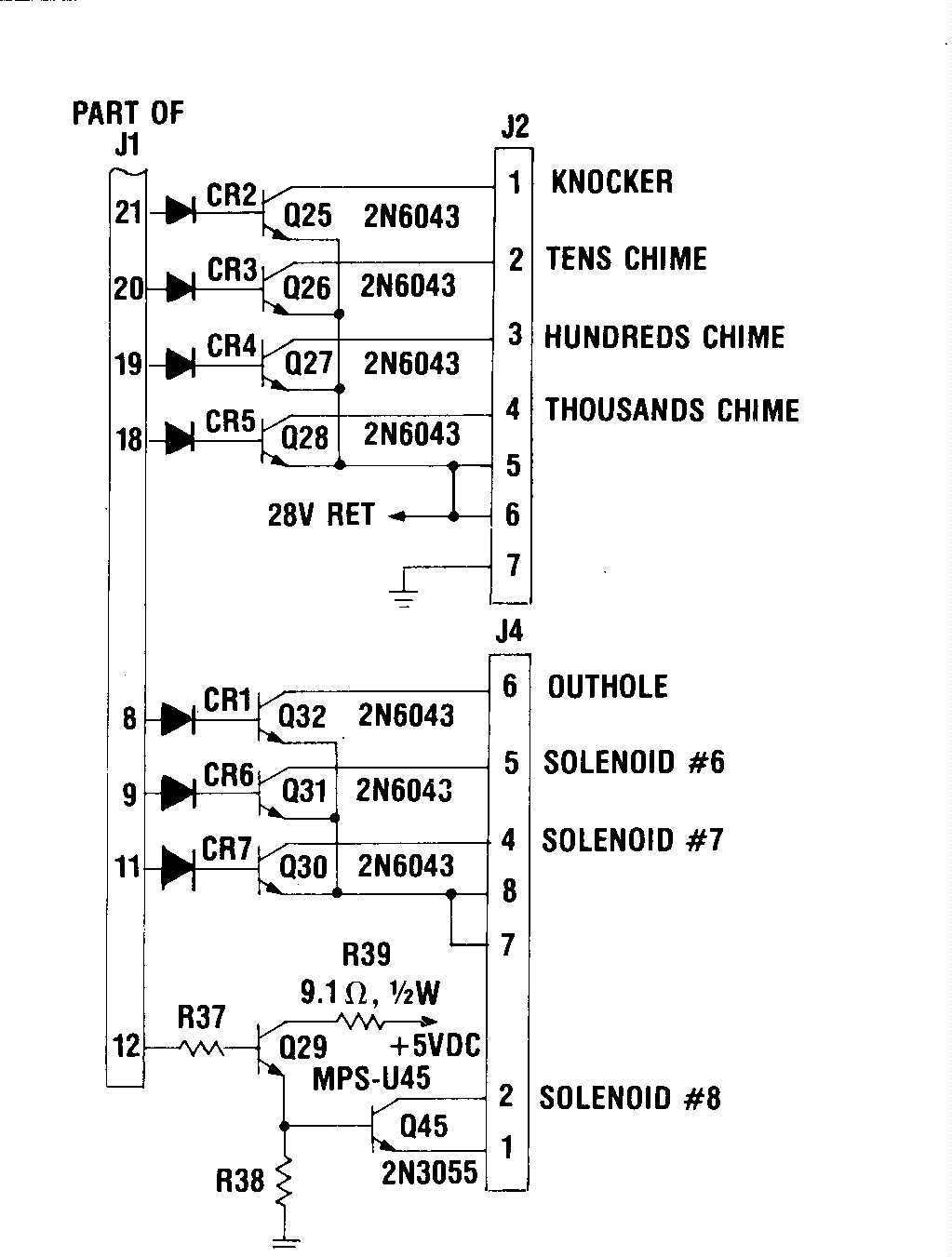
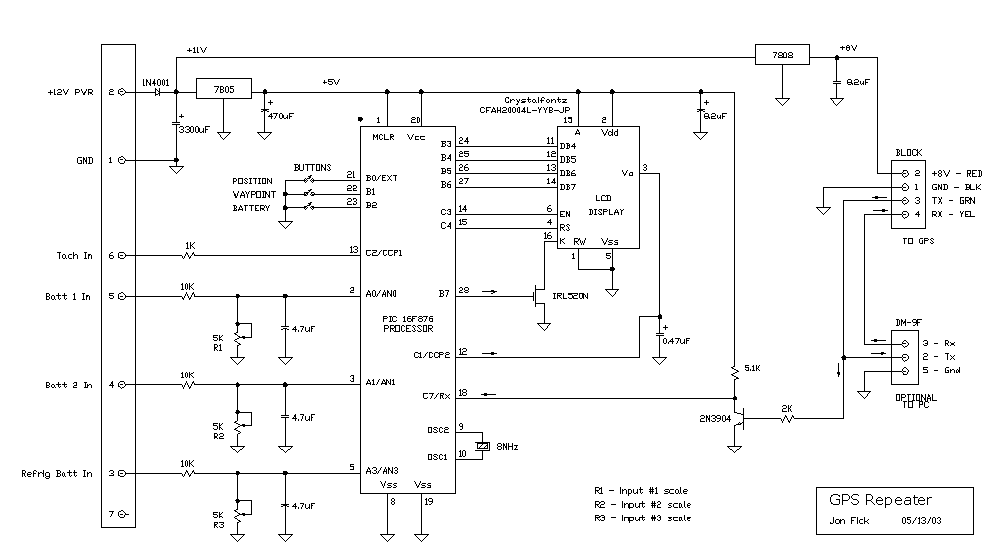
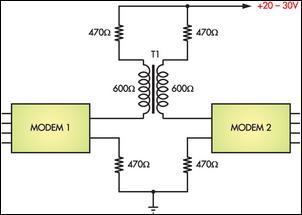
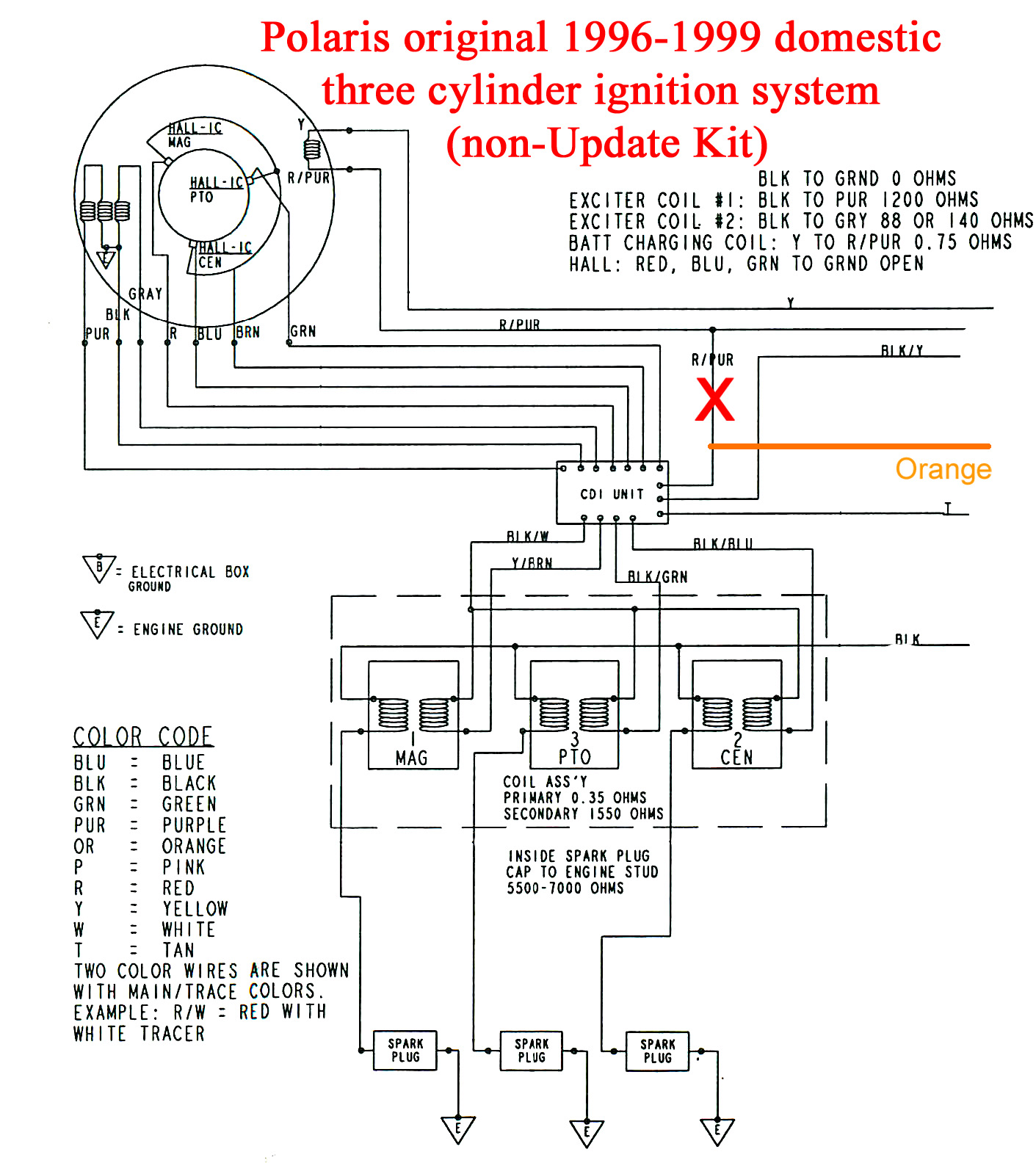
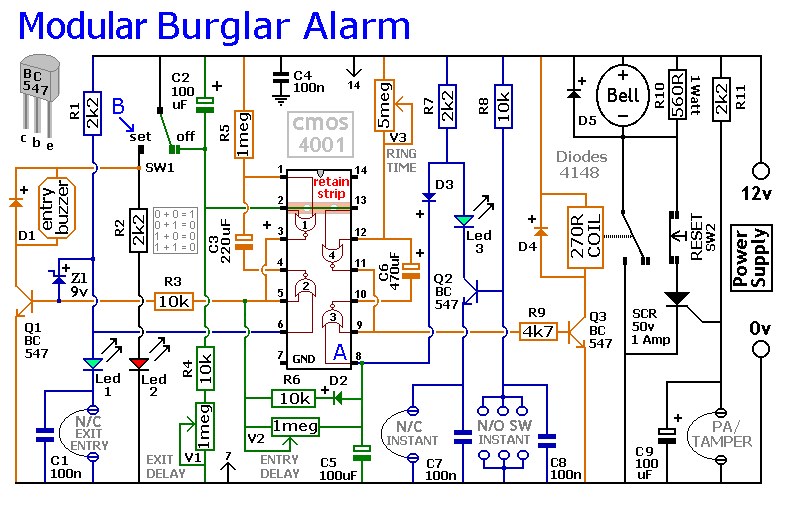
.png)